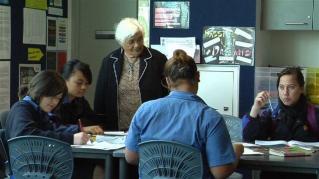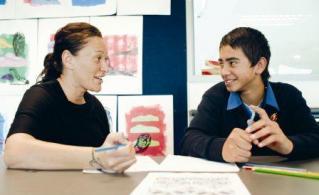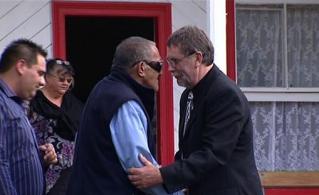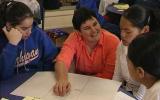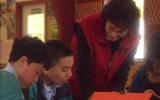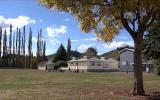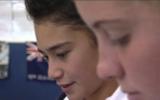Section navigation
Filter by result
Sections
- Te Reo Māori(10)
- Statistics & results(2)
- Research & evaluation(9)
- Effective leaders(34)
- Effective teachers(26)
Key collections
- Te Mana Kōrero(10)
- NZC(5)
- Te Marautanga(3)
- Te Kotahitanga(3)
Principles
- Productive partnerships(19)
- Ako(12)
Identity, language and culture
Thank you for visiting. This site will close in July 2025.
Please visit Tāhūrangi - the new online curriculum hub from the Ministry of Education.
“Māori children and students are more likely to achieve when they see themselves, their whānau , hapū and iwi reflected in the teaching content and environment, and are able to be ‘Māori’ in all learning contexts.”
Ka Hikitia – Managing for Success: The Māori Education Strategy 2008-2012, page 20.
An education system incorporating identity, language, and culture values knowing where students come from and building on what students bring with them. The resources you will find on this page reflect the value of identity, language, and culture, and provide examples of this in the classroom and beyond.
-
Validating cultural knowledge
 28/06/2011
28/06/2011
Filed under: Productive partnerships | Identity Language and Culture | Effective leaders
Developing an inclusive curriculum. At Rotorua Lakes and Greymouth High Schools, student and whānau knowledge is validated through its introduction into the context for learning. (Extract from ‘Te Mana Kōrero: Strengthening Professional Practice’, 2005).
-
Developing better learning relationships
 28/06/2011
28/06/2011
Filed under: Identity Language and Culture | Effective teachers
Rotorua Lakes High School and neighbouring Mokoia Intermediate have established a collaborative learning community where they share professional development opportunities. The process of developing better relationships with students began with asking the students what the issues were. (Extract from ‘Te ManaKōrero: Strengthening Professional Practice’, 2005).
-
Culturally responsive practice
 28/06/2011
28/06/2011
Filed under: Productive partnerships | Identity Language and Culture | Effective teachers
At Ruawai Primary School and Kapiti College, whānau knowledge is valued as teachers construct contexts for learning that reflect the cultural significance and history of their location.
-
Filed under: Identity Language and Culture | Effective teachers
School leaders need to respond positively, and in a culturally-appropriate way, so that Māori students can realise their potential.
-
Filed under: Identity Language and Culture | Ako | Effective teachers
In light of the education system’s failure to address the needs of Māori students, educators need to learn how to engage those students more effectively, in all aspects of their learning.
-
Te Mana Kōrero - Background 18/05/2011
Filed under: Productive partnerships | Identity Language and Culture | Ako | Effective teachers
The video clips for Te Mana Kōrero focus on the need to build, and sustain, strong and effective school-whānau partnerships, in order to raise Māori student achievement. Such partnerships are characterised by both parties respecting and valuing each other's perspectives and contributions.
-
Taihape Area School: What has worked 18/05/2011
Filed under: Productive partnerships | Identity Language and Culture | Effective leaders
This clip shows what Taihape Area School has done to create links between the school and its community, to establish a partnership, thereby giving effect to the requirements in TheNew Zealand Curriculum to accommodate local needs and consult with the community.
-
Taihape Area School: Sustainability 18/05/2011
Filed under: Productive partnerships | Identity Language and Culture | Effective leaders
In this clip we hear a range of perspectives on what is needed to sustain the changes made at Taihape Area School. Participants discuss the importance of putting students first, and engaging with the community.
-
Taihape Area School: School structure 18/05/2011
Filed under: Productive partnerships | Identity Language and Culture | Effective leaders
This clip looks at changes that Taihape Area School made to its timetable, option lines, and the structure of lessons – in order to better engage Māori students.
-
Relationships for learning 18/05/2011
Filed under: Productive partnerships | Identity Language and Culture | Effective leaders | Effective teachers
In this clip, we see different stakeholders discussing the benefits of change at Taihape Area School.
